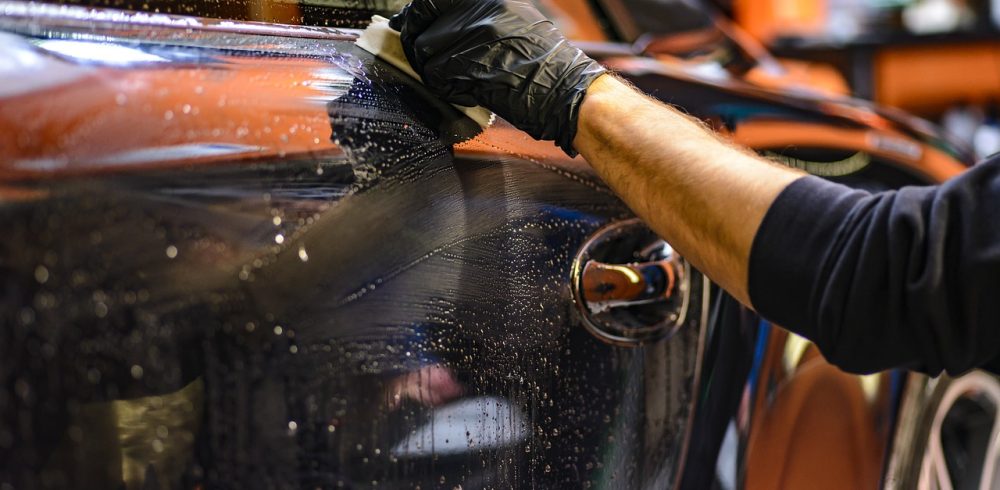If you work in an automotive repair workshop, you’ll know just how dangerous it can be. If the right precautions aren’t taken place from the work go, it can be one of the most hazardous workplaces there are.
As a fast-moving and technical environment, with many jobs requiring complex sills and specialist equipment, it’s easy to see why so many accidents happen. It can also be quite a risky sector, with a non-fatal injury rate higher than most manufacturing jobs and a fatal injury rate approaching that of the construction industry.
So, what can automotive repair workshops do to protect their employees, and what changes can they make to mitigate risks?
What PPE is needed?
Depending on your business policy, your staff may or may not be required to wear a uniform, but you should have rules in place to ensure their safety regardless. In the environment they’re working in, it’s vital they wear non-loose clothing with full length sleeves and legs to protect them against cuts, scrapes and burns. This type of clothing will also reduce any risk of getting caught in machinery. A good solution is to provide them with coveralls that they can wear and offer suitable protection.
As part of their PPE, you should provide them with the basics including safety glasses and goggles, as well as suitable work gloves and kneepads for any work they’re doing on the floor.
Processes for using equipment safely
Nothing is more important than your employees knowing how to use equipment safely. With so many specialist tools and equipment in your workshop unless they’re used correctly can pose serious dangers.
Make sure as soon as staff come on board or new equipment is introduced, they receive the correct training and any follow up training if they’re unsure or have any questions. Be sure you also follow the manufacturers instructions on how to properly maintain and care for any tools and equipment, as this will help to reduce the risks of them malfunctioning and causing safety hazards.
Employers must comply with safety laws
You must know what your responsibilities are as an employer. You’ll be subject to various health and safety laws to ensure the safety of yourself and your workforce. You’ll need to make sure you know which ones affect your business, as well as any responsibilities that they place on you as the employer.
With so much to think about, we know it can seem like a minefield. By following these simple steps you’ll be closer to providing a safe place for your employees to work from in no time.
Manufacturing & Engineering Magazine | The Home of Manufacturing Industry News















